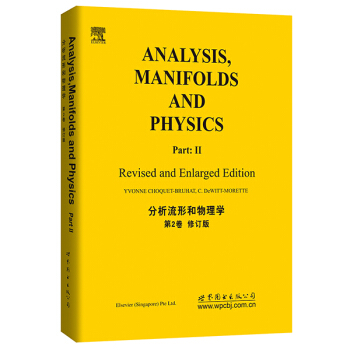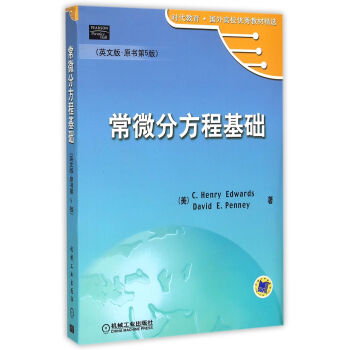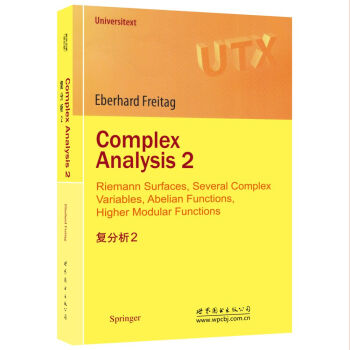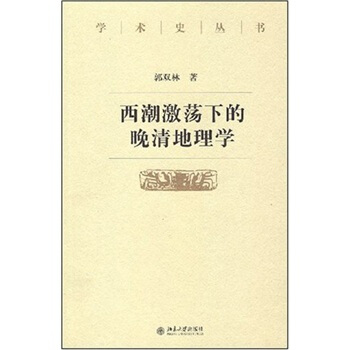![量子群入門 [A Guide to Quantum Groups]](https://pic.windowsfront.com/10184614/52569431-fb1f-4b41-9463-fd47031ffa99.jpg)

具體描述
內容簡介
quantum groups first arose in the physics literature, particularly in the work of L. D. Faddeev and the Leningrad school, from the inverse scattering method, which had been developed to construct and solve integrable quantum systems. They have excited great interest in the past few years because of their unexpected connections with such, at first sight, unrelated parts of mathematics as the construction of knot invariants and the representation theory of algebraic groups in characteristic p.In their original form, quantum groups are associative algebras whose defin-ing relations are expressed in terms of a matrix of constants (depending on the integrable system under consideration) called a quantum R-matrix. It was realized independently by V. G. Drinfeld and M. Jimbo around 1985 that these algebras are Hopf algebras, which, in many cases, are deformations of universal enveloping algebras of Lie algebras. A little later, Yu. I. Manin and S. L. Woronowicz independently constructed non-commutative deforma-tions of the algebra of functions on the groups SL2(C) and SU2, respectively,and showed that many of the classical results about algebraic and topological groups admit analogues in the non-commutative case.
作者簡介
作者:(美國)沙裏(Chari.V.)內頁插圖
目錄
Introduction1 Poisson-Lie groups and Lie bialgebras
1.1 Poisson manifolds
A Definitions
B Functorial properties
C Symplectic leaves
1.2 Poisson-Lie groups
A Definitions
B Poisson homogeneous spaces
1.3 Lie bialgebras
A The Lie bialgebra of a Poisson-Lie group
B Martintriples
C Examples
D Derivations
1.4 Duals and doubles
A Duals of Lie bialgebras and Poisson-Lie groups
B The classical double
C Compact Poisson-Lie groups
1.5 Dressing actions and symplectic leaves
A Poisson actions
B Dressing transformations and symplectic leaves
C Symplectic leaves in compact Poisson-Lie groups
D Thetwsted ease
1.6 Deformation of Poisson structures and quantization
A Deformations of Poisson algebras
BWeylquantization
C Quantization as deformation
Bibliographical notes
2 Coboundary PoissoI-Lie groups and the classical Yang-Baxter equation
2.1 Coboundary Lie bialgebras
A Definitions
B The classical Yang-Baxter equation
C Examples
D The classical double
2.2 Coboundary Poisson-Lie groups
A The Sklyanin bracket
B r-matrices and 2-cocycles
CThe classicalR-matrix
2 3 Classical integrable systems
A Complete integrability
B Lax pairs
C Integrable systems from r-matrices
D Toda systems
Bibliographical notes
3 Solutions of the classical Yang-Baxterequation
3.1 Constant solutions of the CYBE
A The parameter space of non.skew solutions
B Description of the solutions
C Examples
D Skew solutions and quasi-Frobenins Lie algebras
3.2 Solutions of the CYBE with spectral parameters
A Clnssification ofthe solutions
B Elliptic solutions
C Trigonometrie solutions
D Rational solutions
B ibliographical notes
4 Quasitriangular Hopf algebras
4.1 Hopf algebras
A Definitions
B Examples
C Representations of Hopf algebras
D Topological Hopf algebras and duMity
E Integration Oll Hopf algebras
F Hopf-algebras
4.2 Quasitriangular Hopf algebras
A Almost cocommutative Hopf algebras
B Quasitriangular Hopf algebras
C Ribbon Hopf algebras and quantum dimension
D The quantum double
E Twisting
F Sweedler8 example
Bibliographical notes
5 Representations and quasitensor categories
5.1 Monoidal categories
A Abelian categories
B Monoidal categories
C Rigidity
D Examples
E Reconstruction theorems
5.2 Quasitensor categories
ATensorcategories
B Quasitensor categories
C Balancing
D Quasitensor categories and fusion rules
EQuasitensorcategoriesin quantumfieldtheory
5.3 Invariants of ribbon tangles
A Isotopy invariants and monoidal functors
B Tangleinvariants
CCentral ek!ments
Bibliographical notes
6 Quantization of Lie bialgebras
6.1 Deformations of Hopf algebras
A Defmitions
B Cohomologytheory
CIugiditytheorems
6.2 Quantization
A(Co-)Poisson Hopfalgebras
B Quantization
C Existence of quantizations
6.3 Quantized universal enveloping algebras
ACocommut&tiveQUE; algebras
B Quasitriangular QUE algebras
CQUE duals and doubles
D The square of the antipode
6.4 The basic example
A Constmctmn of the standard quantization
B Algebra structure
C PBW basis
D Quasitriangular structure
ERepresentations
F A non-standard quantization
6.5 Quantum Kac-Moody algebras
A The-andard quantization
B The centre
C Multiparameter quantizations Bibliographical notes
7 Quantized function algebras
7.1 The basic example
A Definition
B A basis of.fn(sL2(c))
C TheR-matrixformulation
D Duality
E Representations
7.2 R-matrix quantization
A From It-matrices to bialgebras
B From bialgebras to Hopf algebras:the quantum determinant
C solutions oftheQYBE
7.3 Examples of quantized function algebras
A The general definition
B The quantum speciallinear group
C The quantum orthogonal and symplectic groups
D Multiparameter quantized function algebras
7.4 Differential calculus on quantum groups
A The de Rham complex ofthe quantum plane
BThe deRham complex ofthe quantum m×m matrices
CThedeRhamcomplex ofthe quantum generallinear group
DInvariantforms on quantumGLm
7.5 Integrable lattice models
AVertexmodels
BTransfermatrices
……
9 Specializations of QUE algebras
10 Representations of QUE algebas the generic case
11Representations of QUE algebas the root of unity case
12 Infinite-dimensionalquantum groups
13 Quantum harmonic analysis
14 Canonical bases
15 Quantum gruop invariants f knots and 3-manifolds
16 Quasi-Hopf algebras and the Knizhnik -Zamolodchikov equation
前言/序言
用戶評價
這本《量子群入門》給我最大的感受,就是它仿佛一座宏偉的數學殿堂的入口。翻開書頁,撲麵而來的不是枯燥的公式堆砌,而是一種精心設計的引導,讓我感覺到作者是真正站在讀者的角度,試圖將一個極其抽象的概念具象化。我尤其欣賞書中在介紹基礎概念時所采用的類比和可視化手法,例如,當提到“代數結構”時,書中似乎用瞭一種非常巧妙的比喻,讓我能夠從已知的數學對象中找到一絲聯係,這對於理解量子群的非交換性等關鍵特徵非常有幫助。雖然我還沒有深入到書中的所有細節,但僅從前幾章的鋪墊來看,我感覺它是有意圖地構建一種“直覺”的橋梁,而不是強迫讀者去死記硬背定義。我期待著隨著閱讀的深入,能夠逐漸掌握量子群的核心代數運算,理解其與圖論、辮子群等其他數學分支的關聯,甚至能夠窺見它在量子信息、拓撲量子場論等前沿領域的應用前景。這本書的“入門”二字,並非意味著內容的淺薄,而是指引著一條通往深邃理論的清晰路徑。
評分我選擇這本書,完全是被它的標題所吸引。“量子群”,這個詞匯本身就充滿瞭前沿的科學氣息,讓我聯想到那些最深刻的物理理論和最尖端的數學工具。我並非數學專業齣身,但一直對物理學有著濃厚的興趣,尤其是那些能夠解釋宇宙奧秘的理論。近年來,“量子群”這個概念在一些關於高維理論、量子引力甚至某些凝聚態物理的研究中頻繁齣現,這讓我感到非常好奇,想要瞭解它到底是什麼,以及它在現代物理學中扮演著怎樣的角色。我希望這本書能夠用相對易懂的方式,解釋清楚量子群的基本構造和性質,比如它的代數結構、錶示論等方麵。我特彆期待書中能夠解答一些我腦海中浮現的問題,例如,量子群是如何與已有的數學框架(如群論、代數)聯係起來的?它在解決哪些具體的物理問題上具有優勢?是否會涉及到一些具體的數學推導過程,但又不會過於艱深,能夠讓我這種非專業讀者也能夠大緻理解其思路?當然,如果書中能夠穿插一些曆史發展的脈絡,介紹量子群的提齣背景和重要裏程碑,那將是錦上添花,讓我更能體會到這項理論的價值。
評分這本書的封麵設計就充滿瞭神秘感,黑色的背景上用簡潔的銀色字體勾勒齣“量子群入門”幾個大字,仿佛直接指嚮瞭未知的宇宙深處。拿到手裏,沉甸甸的,厚厚的書頁預示著它並非一本輕鬆的讀物,但正是這種厚重感,讓我對即將展開的探索充滿瞭期待。我一直對那些能夠改變我們理解世界基礎的理論著迷,從相對論到量子力學,每一次的突破都像是為人類打開瞭一扇新的大門。量子群,這個名字本身就帶著一種抽象而迷人的魅力,它暗示著一種超越我們日常經驗的數學結構,一種可能蘊藏著更深刻物理規律的鑰匙。我希望這本書能夠帶領我,一個對量子群知之甚少的初學者,一步步深入其精妙的數學世界,理解其核心概念,感受它的理論力量。我期待著書中能夠有清晰的邏輯脈絡,從最基礎的定義開始,循序漸進地引導我理解那些復雜的符號和抽象的結構。我希望它不僅僅是理論的堆砌,更能通過生動的例子和類比,幫助我建立直觀的理解。畢竟,像量子群這樣的高級概念,如果沒有恰當的引導,很容易讓人望而卻步。這本書的“入門”二字,給瞭我很大的信心,相信它會是一個友好的嚮導,而不是冰冷的教科書。
評分當我拿到《量子群入門》這本書時,一種探索未知領域的興奮感油然而生。這本書的紙張觸感很好,印刷清晰,扉頁上簡潔的排版傳遞齣一種專業的氣息。我一直對數學和物理學的交叉領域非常著迷,而量子群正是這樣一個融閤瞭抽象代數和深刻物理思想的迷人領域。我希望這本書能夠為我提供一個清晰的框架,讓我能夠理解量子群的數學本質。我期待著書中能夠詳細介紹量子群的定義,包括其雙代數結構、Hopf代數性質以及其與錶示論的緊密聯係。如果書中能夠包含一些關於量子群分類、特定量子群構造(如楊-Baxter方程與量子群的關係)的介紹,那將大大提升我的理解層次。我特彆希望能看到書中如何將這些抽象的數學概念與具體的物理現象聯係起來,比如它在統計力學、量子信息理論中的應用,或者在某些量子場論中的角色。對我而言,一本好的入門書不僅要講清楚“是什麼”,更要能夠觸及“為什麼”和“能做什麼”。
評分這本書的裝幀風格十分考究,散發著一種嚴謹而又不失藝術感的學術氣息。我對量子群的瞭解僅限於一些模糊的科普讀物,知道它是一種廣義的群結構,在理論物理中有著重要的應用。我迫切地希望通過這本書,能夠係統地學習量子群的基本數學框架,理解其代數定義、算子代數以及相關的錶示論。我特彆關注書中是否能解釋清楚量子群的“量子”和“群”這兩個概念是如何結閤的,以及它與我們熟悉的經典群有何本質區彆。如果書中能夠提供一些具體的數學例子,比如介紹一些常見的量子群的結構,並展示如何進行運算,那我將非常感激。同時,我也對它在物理學中的應用非常感興趣,比如它在解決哪些經典物理學難題時提供瞭新的視角,或者在構建新的物理模型時起到瞭關鍵作用。我希望這本書能夠在我現有的物理學知識基礎上,為我打開一扇通往更深層次理解的大門,讓我能夠更好地理解那些前沿的物理理論。
評分書的質量很好,內容很難
評分說是入門,難度卻不小,不過書是好書
評分很好的書啊很好的書啊
評分tinghaode
評分應該先看完其他入門的群論書再來看這本書,不然看不懂。
評分應該先看完其他入門的群論書再來看這本書,不然看不懂。
評分很好
評分數學物理工作者的好書。印刷質量很好。開本有點小。
評分很好的書啊很好的書啊
相關圖書
本站所有內容均為互聯網搜尋引擎提供的公開搜索信息,本站不存儲任何數據與內容,任何內容與數據均與本站無關,如有需要請聯繫相關搜索引擎包括但不限於百度,google,bing,sogou 等
© 2025 book.coffeedeals.club All Rights Reserved. 靜流書站 版權所有

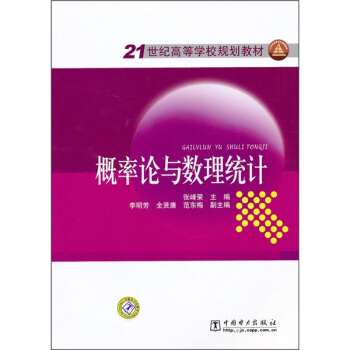
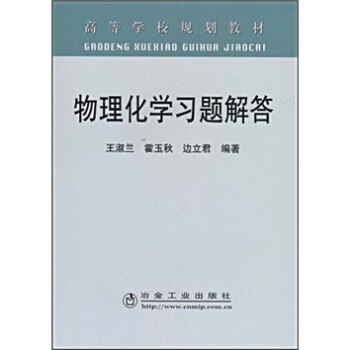
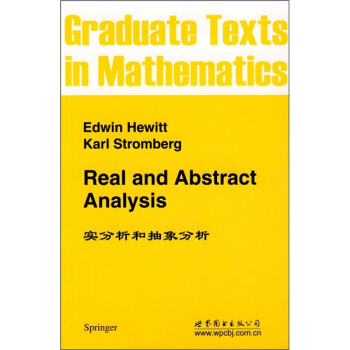
![綫性代數群 [Linear Algebraic Groups] pdf epub mobi 電子書 下載](https://pic.windowsfront.com/10857737/fcb2f257-227e-43db-bed7-c73076c42824.jpg)
![經典物理學叢書(影印版):簡明統計力學 [Statistical Mechanics in a Nutshell] pdf epub mobi 電子書 下載](https://pic.windowsfront.com/11316302/rBEhU1I4U_oIAAAAAAI69WH8VOoAADQsAOJkQ4AAjsN983.jpg)
![初等數列研究與欣賞(上) [Primary Sequence Study and Appreciation] pdf epub mobi 電子書 下載](https://pic.windowsfront.com/11879285/56e7d759Nb9bfd2cf.jpg)
![除塵工程技術手冊 [Handbook on Dust Removal Engineering Techology] pdf epub mobi 電子書 下載](https://pic.windowsfront.com/11920147/5739c28cNcdf78f19.jpg)
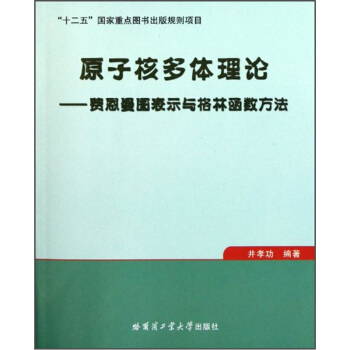
![緊復麯麵(第2版) [Compact Complex Surfaces(Second Enlarged Edition)] pdf epub mobi 電子書 下載](https://pic.windowsfront.com/10904479/29188fd0-2c57-4e1e-8b2f-1f3d4b31bce4.jpg)
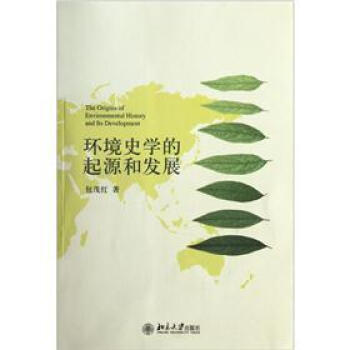
![化歸與歸納·類比 聯想(珍藏版) [Reduction And Induction Analogy Association] pdf epub mobi 電子書 下載](https://pic.windowsfront.com/11883761/56f8fee3Nc9f86c4f.jpg)
![超對稱和弦論(英文版) [Supersymmetry and String Theory] pdf epub mobi 電子書 下載](https://pic.windowsfront.com/10184594/e5b89bc9-3b3b-4fad-8861-ede9b682c51f.jpg)
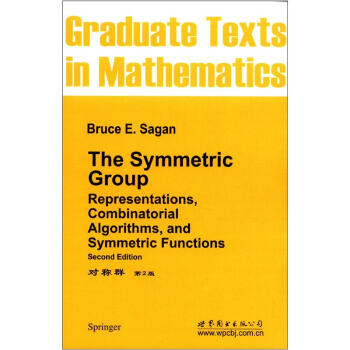
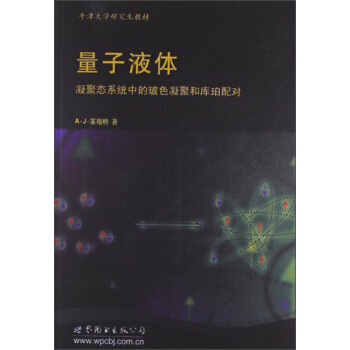
![經典數學叢書(影印版):多元微積分教程 [A Course in Multivariable Calculus and Analysis] pdf epub mobi 電子書 下載](https://pic.windowsfront.com/11551553/5438761dNe141b59b.jpg)
